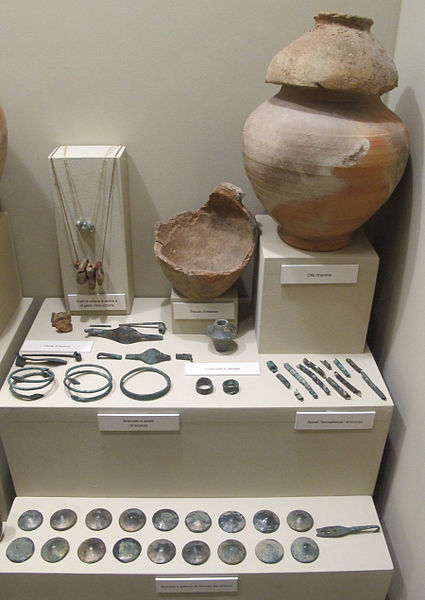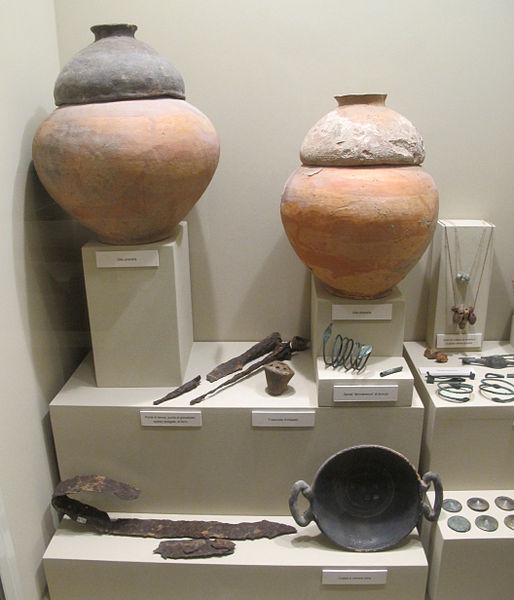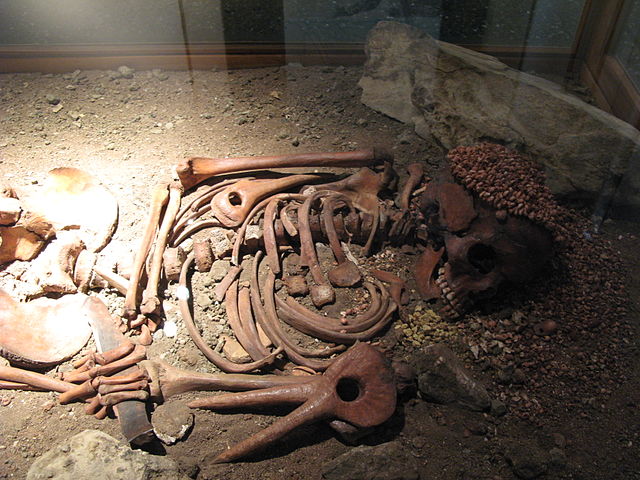The Ligures or Ligurians were an ancient people after whom Liguria, a region of present-day north-western Italy, is named.
Flint arrowheads from the Polada culture, Castelleone Civic Archaeological Museum.
Discovery of a Ligurian tomb from the 3rd century BC in Filicaia, National Museum of Villa Guinigi, Lucca
Reproduction of the Pulica helmet, revovered into an Apuani grave
Ligurian tomb, 3rd century BC, National Museum of Villa Guinigi, Lucca
Liguria is a region of north-western Italy; its capital is Genoa. Its territory is crossed by the Alps and the Apennines mountain range and is roughly coextensive with the former territory of the Republic of Genoa. Liguria is bordered by France to the west, Piedmont to the north, and Emilia-Romagna and Tuscany to the east. It rests on the Ligurian Sea, and has a population of 1,557,533. The region is part of the Alps–Mediterranean Euroregion.
A view of Cinque Terre
The Balzi Rossi caves, located on a cliff about 100 meters high, show traces of human occupation from the Middle Palaeolithic (300,000 years) to the foundation of the ancient city of Ventimiglia in Liguria. This constitutes the longest human occupation in the world of a geographical site.
Burial of an adolescent from the Upper Palaeolithic (29,000 years), having led archaeologists to nickname him the "young prince". About fifteen years old, he lay on his back on a layer of red ocher seven meters from the surface facing south, he wore a headgear decorated with shell beads and pierced deer teeth and squirrel tails on the thorax (Liguria region).
The Roman amphitheatre of Luni (1st century AD)








